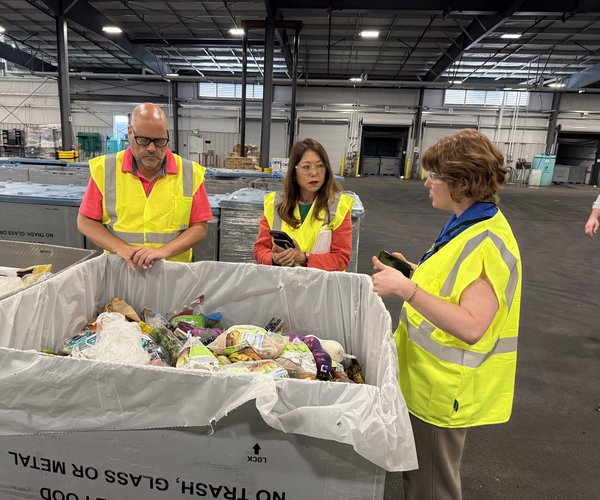Stanislaus County offers an abundance of agriculture offerings. However, milk saw a significant increase in production last year, and alternative milks have seen an increased interest from consumers as well.
The second-highest valued commodity in the 2020 Stanislaus County Agriculture Report was milk and it contributed more value than it did in 2019. It was an increase in value by $128 million compared to last year. Milk accounted for 20 percent of the county’s total commodity value in 2020, while it accounted for 17 percent in 2019.
The increase in milk production could be attributed to more processors in the area.as well as access to quality genetics.
“Our region benefits from farmers having access to great production genetics and from an abundance of local processors. Processors really are the drivers of the value and production levels of milk,” said the California Dairy Campaign.
Turlock has over 20 processors which include California Dairies, Valley Milk and Dairy Farmers of America.
Turlock follows a nationwide trend of increased milk production throughout the country, according to the United States Department of Agriculture.
United States sales of dairy alternatives totaled an estimate of $2.5 billion last year. That was up 20 percent from 2019, according to the Plant Based Food Association.
Almond milk accounted for two-thirds of the total of all plant-based milk alternatives sales, virtually all of it from California nuts. Blue Diamond Growers is the biggest producer, with a plant right here in Turlock. Oat milk was number two and soy was third in sales.
“We do see increased consumer interest in alternative milks, like oat milk for example, and it’s a huge benefit to consumers that there is access here to so many non-dairy milk alternatives,” said the California Dairy Campaign. “Across all industries when there is an increase in demand, resources are shifted to meet that demand.”









